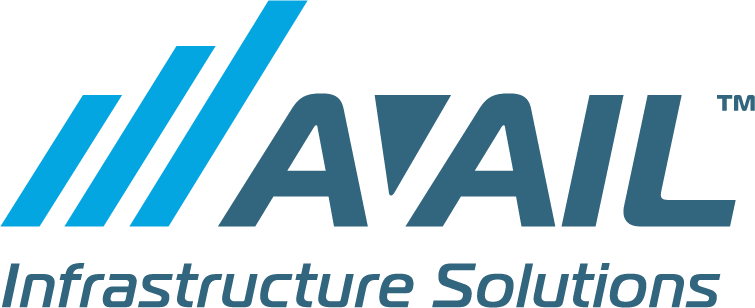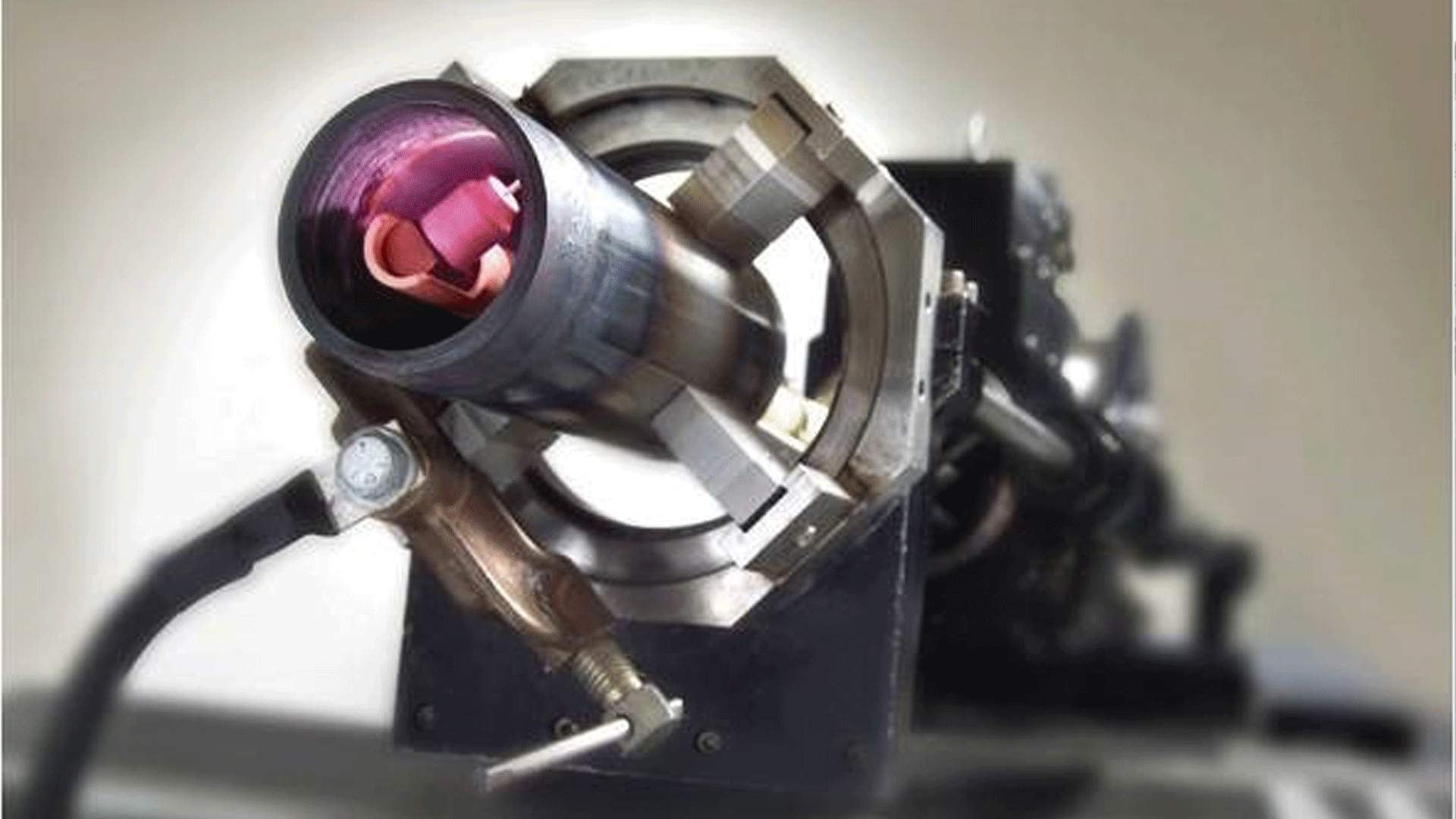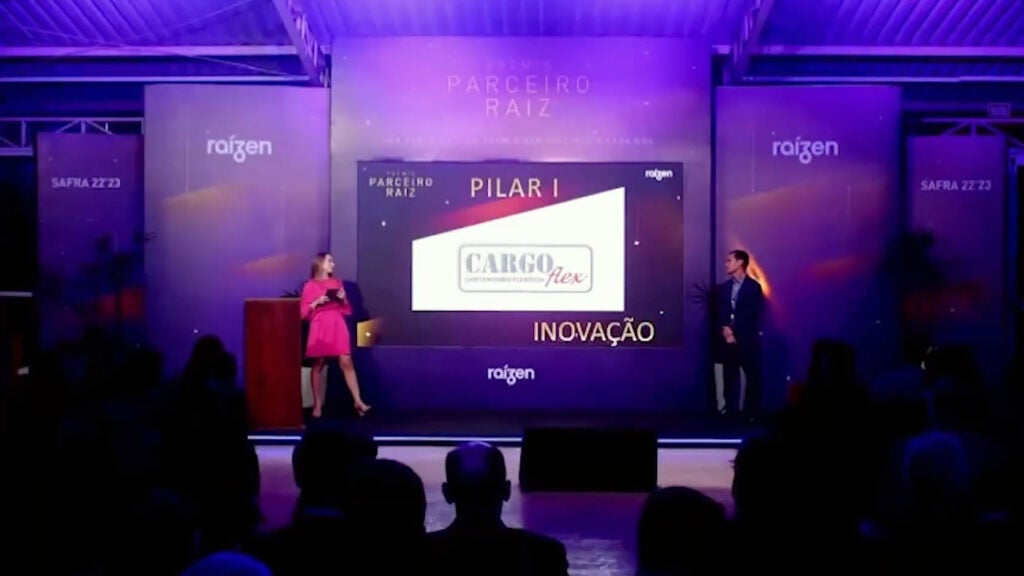Refinery, chemical and petrochemical facilities are complex by the nature of their operation. They are subject to various risk factors because they operate at very high levels of pressure and temperature, with mechanical integrity of process equipment being at the forefront. In an effort to reduce refinery risk, corrosion control remains a challenging mechanism due to strenuous market conditions, crude oil supply variations, and aging infrastructure.
Openings through the pressure boundary of a vessel require extra design considerations to keep loadings and stresses at an acceptable level. At some openings, there may be nozzles and manways attached to external piping generating a wide array of loading conditions. Virtually all pressure vessels are constructed with nozzles. A nozzle is a component designed to create an access point in a pressure component’s boundary while maintaining acceptable stress conditions to prevent future failures at the nozzle location. Nozzles and manways are generally connected to the vessel with full penetration welds and reinforcing pads. Nozzles in pressure vessels can be susceptible to localized thinning due of the effects of corrosion and erosion. In some cases, a high alloy liner in the form of a sleeve is seal welded to the bore of the nozzle to mitigate corrosion and erosion.
The corrosion and erosion cycle leads to pitting, cracking and accelerated thinning in the sleeves of nozzles. Once the sleeve has been compromised, the nozzle base material, generally constructed of carbon or low-alloy steels, can be exposed to process product. Product trapped behind the sleeve at high temperature and pressure corrode the base material at accelerated rates in locations where inspection is very difficult to perform.
WSI developed a code acceptable weld metal buildup (WMBU) and corrosion resistant overlay (CRO) repair strategy with a machine applied weld deposit to upgrade metallurgies in lieu of nozzle replacements in pressure vessels. After removing the sleeve and preparing the base material, WSI’s proprietary mechanized Gas Tungsten Arc Welding (GTAW) overlay process becomes ideal for lining nozzles in-situ. Our tooling is easily bolted to the flange face of any size nozzle or manway, the GTAW torch has the ability to deposit weld circumferentially to the neck of the component to ensure uniform deposition thickness and minimal weld dilution. Due to the compact torch design, WSI has the ability to metallurgically upgrade nozzles down to 2” inside diameter (ID) and a reach of 36” into the neck avoiding time consuming nozzle replacements. The in-situ upgrades can be made from the inside or outside of the pressure vessel in any position. To expedite turnaround schedules further, per NBIC code, combinations of pressure testing and NDE can replace previous hydro testing requirements when WMBU or CRO is applied to existing nozzles. On the next critical path pressure vessel turnaround, trust WSI’s advanced machine welding equipment and skilled craftspeople.
WSI – Proven Results. Automatically.™
Whether the nozzles needs to be repaired emergently or replaced in a planned turnaround, WSI has unparalleled innovative leadership in weld metal overlay technology backed by proven results. WSI has an extensive catalogue of qualified machine procedures to handle a wide breadth of alloys and positions. Find out more about our nozzle ID overlay solutions and other engineered technologies at WSI.




